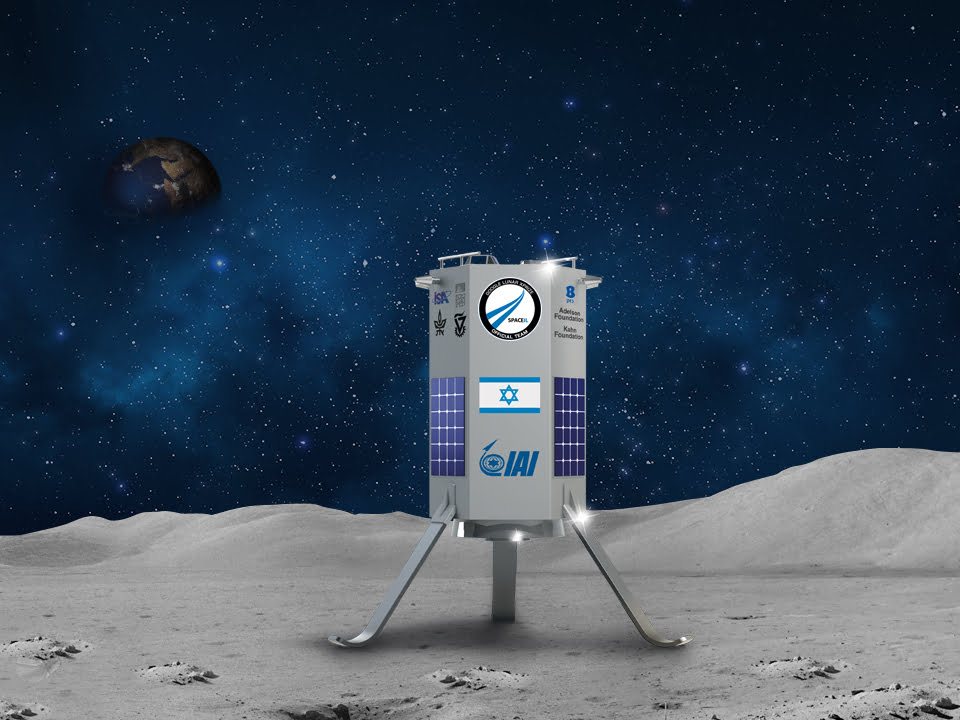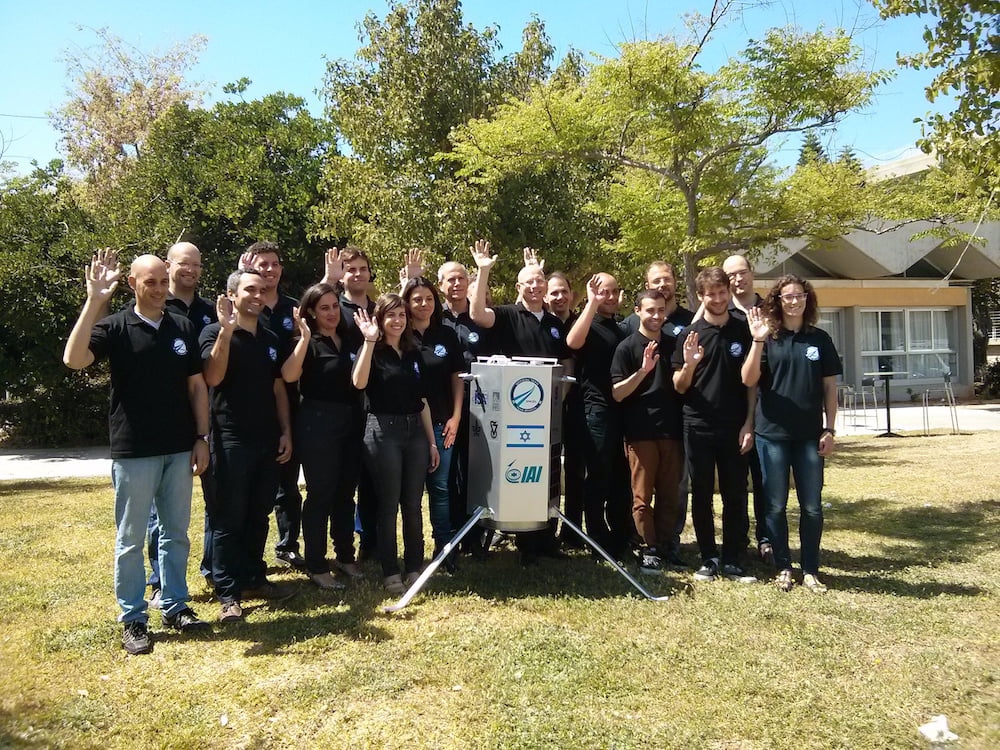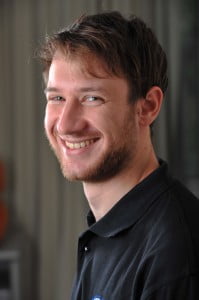“One small step for man, one giant leap for mankind.” These were the famous words uttered by astronaut Neil Armstrong to describe the first Moon landing in world history on July 20, 1969. In an event that immediately secured its place in history, an American team of astronauts ended the Space Race by successfully landing the Apollo 11 on the Moon.
Now, teams around the world are once again engaged in a Space Race, with the goal this time to win the Google Lunar XPRIZE, a first-of-its-kind space innovation challenge to create a vessel that can travel to, traverse 500 meters and photograph the Moon by 2015, all for a $20 million dollar prize. So which will be the first team to declare, “One giant leap for innovation?”
Making big waves amid the competition is SpaceIL – Israel’s only Lunar XPRIZE contender that has employed some of the country’s finest engineers and enlisted the support of powerful donors to create a winning craft. NoCamels spoke with SpaceIL Chairman and former IBM Israel head Yanki Margalit to gain insight into the Innovation Nation’s chances of winning the competition and what it means to travel to space.
Moon travel for the people, by the people
In its description of the Lunar XPRIZE competition, Google writes on the competition’s website, “Our Moon – ‘the eighth continent’ – has a land area larger than Brazil and North America put together…and people have only been to 5% of it! There are amazing natural wonders, valuable resources, and unsolved mysteries waiting to be discovered.”
However hard Google may be trying to become the first company in the world to “inhabit” the Moon, Margalit says that for him the competition is about something else entirely. “The real goal of this entire mission is to encourage space industry research in the private sector. This is the first time that space has really been taken out of the hands of governments, and it’s a major step in creating a new private sector of space technology and entrepreneurship.”
SEE ALSO: Medigus The World’s Smallest Camera Now Being Used By NASA Robots
Yet his team, now a leading contender, almost didn’t make it into the competition. “The then three-man SpaceIL team, Yariv Bash, Kfir Damari and Yonathan Winetraub, only heard about the competition as the registration was about to close,” Margalit says. When he heard the team was scrambling to make it into the competition, Margalit, well-known in the venture capital world, hopped on board to help them raise the $50,000 entry fee.
Four years later, SpaceIL’s ship model, which is only three feet tall and two feet wide, about the size of a dishwasher weighing 300 pounds, has a raised a massive $36 million, from wealthy families, as well as eager “crowdfunders”.
“When I met the three young team members and they told me that their motivation was not just the excitement of engineering challenge, but also the opportunity to educate younger generations on the power of entrepreneurship and taking risks, I immediately connected with the project and made a vow to get it up and running. Four years later, I am the Chairman of a project that I have enormous faith in it,” Margalit tells NoCamels.
Competing for the crescent in the sky
Since the engineering trio began work in 2010, the SpaceIL team has grown to more than 60 members, mostly volunteers, who have made it their mission to get Israel to the Moon. But competition for the Lunar XPRIZE is fierce, with 33 other teams from a number of countries and experienced aeronautical organizations joining the race to get the first ‘homemade’ robotic spacecraft to the Moon. Unlike others, the SpaceIL project is not-for-profit, which is why many of its participants are volunteers and most of its funding has come from crowdfunding campaigns like Indiegogo (where the team was able to raise over $250,000).
Sign up for our free weekly newsletter
SubscribeThis non-profit dedication from the team is, in Margalit’s eyes, what makes the group exceptional.
Adam Green, a British graduate of Bristol University, is one of these SpaceIL uber-fans, who moved to Israel to volunteer for the project in 2011, until he was made Head of Mission Analysis, or the person responsible for planning out the flightpath of the ship to the Moon.
SEE ALSO: Israel To Launch Satellite To Monitor Crops From Outer Space
Whether it is due to the fact that Israel is a small country filled with engineering buffs, or this is part of an effort to exert itself in the international arena, Israelis and internationals are flocking to SpaceIL’s project.
Funding for the little spaceship that could
The Morris Kahn Foundation, The Schusterman Family Foundation, Bezeq, Tel Aviv University, the Israel Aerospace Industries and others have all donated to SpaceIL, but it is the Adelson Foundation, run by billionaires Miri and Sheldon Adelson, who signed the biggest check, $16.4 million be exact. With the humble request that the words ‘Israel’ appear on the spaceship, this is one of the largest sums donated in the Lunar XPRIZE yet, and may be the biggest in its history when the competition is completed at the end of 2015.
SpaceIL’s chances are as good as their vision for the future
But you may ask what are SpaceIL’s real chances of winning the competition? Of the 33 teams that originally signed up for the competition, only 18 are still competing, which for the Israeli team is good news. Margalit says SpaceIL’s biggest competition comes from two American groups, one Spanish group and a German group (he did not specifically name them). But he remains optimistic about Israel’s chances.
“The chances of Israel winning are very good. I think that the fact that we have transformed the entire project into a scientific and educational mission has a deeper meaning that will remain whether we are the first ones to the Moon or not. The entire project has given us the legitimacy and ability to the raise money and recruit good people who believe in the positivity of this mission, which I think means a lot for our chances of winning,” says Margalit.
Photos: courtesy
Related posts

Editors’ & Readers’ Choice: 10 Favorite NoCamels Articles

Forward Facing: What Does The Future Hold For Israeli High-Tech?

Impact Innovation: Israeli Startups That Could Shape Our Future








Facebook comments